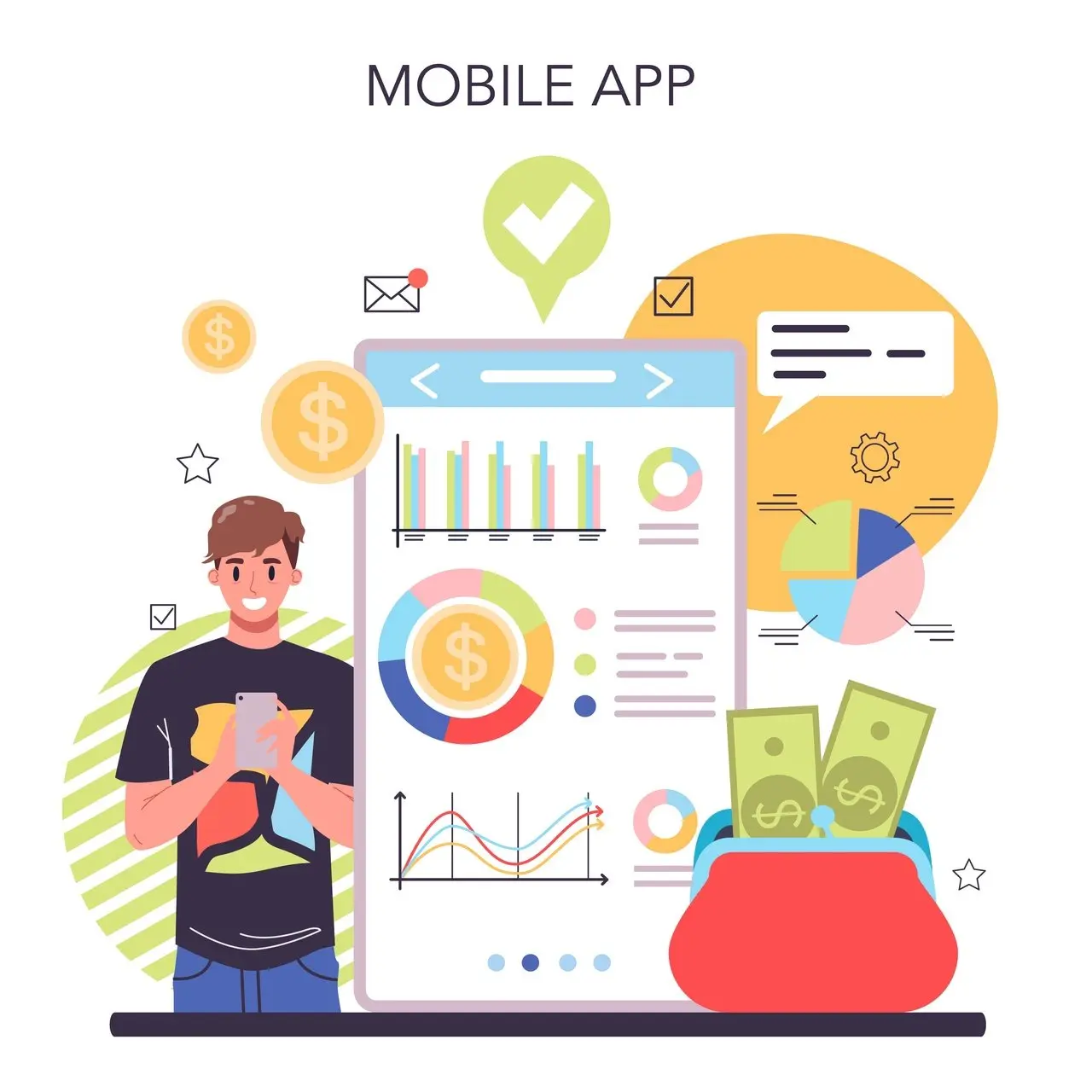In the dynamic world of digital commerce, e-commerce mobile apps have emerged as indispensable tools for businesses to reach their customers. However, one critical question often arises: What is the cost of ecommerce mobile app development? The answer isn’t straightforward, as it depends on various factors, ranging from app complexity to the development team’s expertise. Let’s delve into these cost determinants to provide a clearer picture.
Key Factors Influencing E-commerce Mobile App Development Cost
- App Features and Functionality The cost of developing an e-commerce mobile app largely depends on its features. Basic apps with limited functionality, such as product catalogs and a simple checkout process, cost significantly less than advanced apps with features like:
- Real-time inventory management
- Advanced search and filtering options
- Multiple payment gateways
- Personalized recommendations powered by AI
- Augmented Reality (AR) for virtual product try-ons
- Multi-language and currency support
- Platform Selection Choosing between iOS, Android, or both platforms influences the development cost. While developing a native app for each platform offers the best performance, it’s more expensive compared to cross-platform development using frameworks like Flutter or React Native.
- Design Complexity A user-friendly and visually appealing interface is vital for e-commerce apps. The more intricate the UI/UX design, the higher the cost. Custom animations, branding elements, and responsive designs for different screen sizes add to the expenses.
- Backend Development The backend handles data storage, user authentication, order processing, and integrations with third-party services. A robust and scalable backend can significantly increase costs, especially if the app requires custom API development or integration with complex enterprise systems.
- Location of the Development Team The geographical location of your development team has a considerable impact on cost. Developers in North America and Western Europe generally charge more than those in Eastern Europe, Asia, or Latin America. Hourly rates can vary from $20-$50 in developing regions to $100-$200 in developed regions.
- Testing and Maintenance Quality assurance (QA) and regular maintenance are essential for ensuring the app’s performance and security. These ongoing expenses should be factored into the overall e-commerce mobile app development cost.
Estimated Costs for E-commerce Mobile App Development
- Basic E-commerce App: $10,000 – $30,000 Ideal for small businesses or startups, these apps include basic features like product listings, cart functionality, and payment integration.
- Mid-Level E-commerce App: $30,000 – $70,000 Suitable for medium-sized businesses, these apps include advanced features like push notifications, multi-language support, and analytics.
- High-End E-commerce App: $70,000 and above These apps cater to large enterprises and include cutting-edge features like AI-based recommendations, AR integration, and complex backend systems.
How to Optimize Development Costs
- Define Clear Requirements: Clearly outline the features and functionality you need to avoid unnecessary revisions and costs.
- Choose Cross-Platform Development: Leverage frameworks like Flutter to reduce costs without compromising quality.
- Partner with Experienced Developers: An experienced team can optimize development time and costs while ensuring high-quality results.
- Plan for Scalability: Invest in a scalable architecture to avoid costly overhauls as your business grows.
Conclusion
Understanding the factors that influence e-commerce mobile app development cost is crucial for budgeting effectively. Whether you’re a startup or an established enterprise, a well-planned investment in your e-commerce app can deliver significant returns by enhancing customer engagement and driving sales. By carefully considering your needs and collaborating with skilled developers, you can create an app that meets your goals without overspending.



Leave a Comment